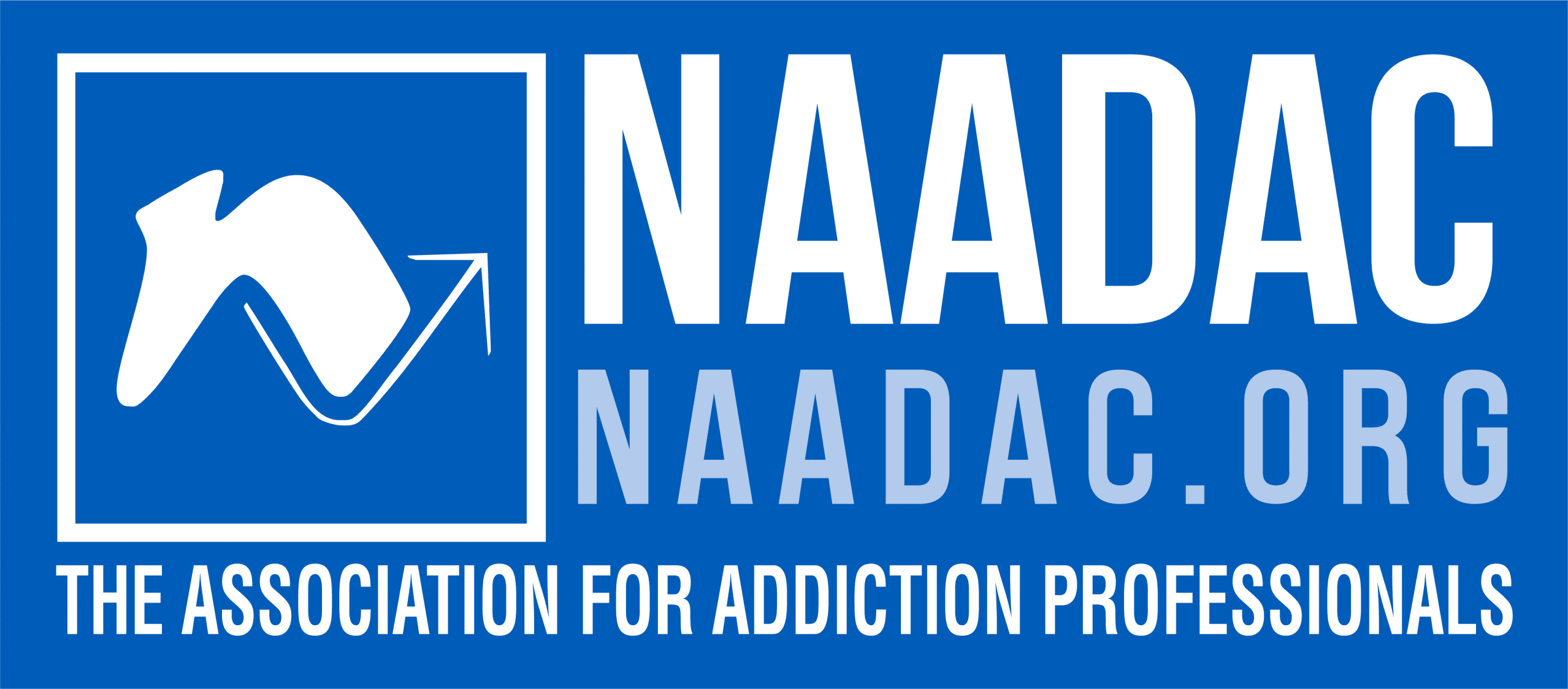Fioricet Detox and Treatment: Symptoms and Recovery Options
GET HELP TODAY!
100% Confidentiality Guaranteed


What is Fioricet?
Fioricet is a prescription drug used to treat chronic tension headaches. It combines acetaminophen, butalbital (a barbiturate), and caffeine. This mix relaxes muscle contractions, boosts GABA production, and helps reduce pain signals. However, because of the butalbital content, Fioricet has a high potential for abuse.
Doctors typically prescribe Fioricet when other medications fail. Taking higher doses or using it too often can be effective for a short time. However, this raises the risk of addiction, especially without healthcare professionals watching.
Street Names for Fioricet and Other Barbiturates
Fioricet and similar barbiturates may be referred to on the street as:
- Barbs
- Reds
- Blues
- Blockbusters
- Yellow Jackets
- Red Devils
These slang terms often refer to a range of drugs that include barbiturates, which are central nervous system depressants.
How Common is Fioricet Abuse?
According to the NSDUH, millions misuse tranquilizers, including Fioricet. Recreational use often stems from its sedative effects.
Some people abuse Fioricet to enhance the impact of other substances. When combined with other drugs, the risks multiply. Without evidence based treatment, misuse may result in life threatening outcomes.
Fioricet misuse can occur across a wide range of age groups. Individuals may begin using it as prescribed, only to later find themselves dependent.
Freedom Starts Here. Take Back Your Life Today.
Same-Day Admissions in Austin Available.
Side Effects of Fioricet Abuse
The side effects vary depending on use and individual health conditions.
Short-Term Effects
- Mood swings
- Trouble focusing
- Restlessness
- Speech problems
- Agitation
- Memory issues
- Sleep disturbances
Long-Term Effects
- Liver damage
- High blood pressure
- Addiction
- Respiratory issues
- Seizures
- Overdose
- Mental illness such as depression or anxiety
Side effects vary depending on the person. Early treatment and recovery planning can help prevent long-term damage. A qualified treatment center can provide the medical care needed to monitor these risks.
Signs of Addiction
Addiction can develop gradually. Signs may include:
- Needing more Fioricet to feel effects
- Visiting multiple doctors for prescriptions
- Obsession with the drug
- Trouble functioning without it
- Withdrawal symptoms if skipped
These behaviors are signals that it may be time to seek treatment. Family members often play a key role in identifying these signs and encouraging a person to get help.
Drug Withdrawal and Detox
When someone stops Fioricet after regular use, drug withdrawal symptoms often appear. These symptoms vary depending on multiple factors such as length of use, health conditions, and dosage. Detoxing under the guidance of healthcare professionals, especially in medically supervised settings, is important.
Common Withdrawal Symptoms
- Anxiety
- Fatigue
- Headaches
- Muscle pain
- Tremors
- Sleep problems
- Delirium
- Convulsions
Because withdrawal can be dangerous, partial hospitalizations or medically supervised detox programs are often recommended. Programs provide access to a caring team that is available 24 hours a day. This ensures the patient’s safety during detox.
Fioricet Withdrawal Timeline
- 12–24 hours: Anxiety, tremors, and insomnia appear. Blood pressure and heart rate may increase.
- 16 hours: Symptoms intensify, including hallucinations and confusion.
- 10–14 days: Physical symptoms decline, but cravings, depression, and mood swings may continue.
These symptoms vary depending on the individual. A caring team can guide you through this phase with treatment and recovery tools.
Treatment Program for Fioricet Addiction
Getting sober requires more than just detox. Long term recovery often involves a personalized treatment program with support services. Both inpatients and outpatients benefit from structured environments and ongoing guidance.
Effective Treatment Approaches
- Cognitive behavioral therapy CBT
- Group and individual counseling
- Coping skills development
- Peer and family support
- Treatment options tailored to individual needs
Treatment options vary depending on the level of care needed. Many people begin with inpatient drug rehab and continue with outpatient treatment or sober living homes. Evidence based practices have shown that programs lasting 90 days or longer often produce more sustainable outcomes.
Comparing Inpatient and Outpatient Rehab
Inpatient Rehab
- 24 hours a day of structured care
- Medical and therapeutic support
- Focused recovery environment
- Access to medically supervised staff and a caring team
Outpatient Rehab
- Intensive outpatient programming
- Flexible scheduling
- Continued work or school participation
- Ongoing support and education
- Outpatient treatment plans designed for varying intensity levels
Both approaches offer higher level support services that meet you where you are in recovery. A qualified addiction treatment specialist can help determine your level of care.
More Time. More Joy. More You. Start Now.
WE ACCEPT MOST INSURANCES
Programs Offer a Wide Range of Services
Addiction recovery often includes:
- Health care coordination
- Medication management
- Emotional and behavioral therapy
- Support groups and aftercare
- Partial hospitalizations for more serious conditions
- Medically assisted care
Whether you choose outpatient services or residential care, a comprehensive approach ensures the best outcomes. Drug rehab programs offer connections to mental health providers, especially important for those with co-occurring conditions.
Aftercare and Sober Living Options
Transitioning from treatment to independent life is challenging. Aftercare programs and living spaces such as sober homes offer essential structure. These recovery programs help reinforce coping skills and provide accountability.
Services may include:
- Employment assistance
- Family engagement
- Weekly check-ins
- Drug testing
- Living spaces with a focus on community and sobriety
These environments are great for people who have a history of substance abuse treatment. They are also good for those recovering from alcoholism and drug misuse. A support network and tailored care from medical professionals is a key component of long term recovery.
Seek Treatment Now
If you or a family member is experiencing Fioricet withdrawal symptoms or showing signs of addiction, help is available. Nova Recovery Center offers inpatient and outpatient drug rehab designed to meet your specific needs. Our experienced healthcare professionals deliver our programs based on evidence-based practices.
We understand that addiction is a health issue that varies depending on each person. Our team will help you explore effective treatment options and provide guidance every step of the way.
Call (512) 363-5914 today to learn more about our treatment service options and start your recovery journey.
Fioricet FAQ
Other Outpatient Drug and Alcohol Rehab Locations
Is Fioricet a narcotic?
No. Fioricet contains butalbital (a barbiturate), acetaminophen, and caffeine. It is not an opioid/narcotic, though butalbital is sedating and can be habit-forming. Some states regulate butalbital products more strictly.
Is Fioricet a strong painkiller?
Fioricet isn’t a “strong” analgesic. It’s intended mainly for tension headaches. Because of dependence risk and medication-overuse (rebound) headaches, many clinicians avoid using it long term.
Is Fioricet like Percocet?
No. Percocet contains oxycodone (an opioid) + acetaminophen. Fioricet contains butalbital (barbiturate) + acetaminophen + caffeine. They work very differently, and Fioricet is not an opioid.
Does Fioricet put you to sleep?
It can. Butalbital is a central nervous system depressant that often causes drowsiness, dizziness, and slowed reaction time.
Why don’t doctors like Fioricet?
Because it:
- Can cause dependence and withdrawal
- Leads to rebound headaches with frequent use
- Adds sedation/impairment and interaction risks
- Contains acetaminophen, which can harm the liver at high doses or when combined with other APAP products or alcohol
For migraines, guideline-preferred options (e.g., NSAIDs, triptans, gepants/ditans) are usually tried first.
What drug is comparable to Fioricet?
Fiorinal (butalbital/aspirin/caffeine) is similar. Depending on the headache type, non-barbiturate options include acetaminophen, NSAIDs, triptans, gepants, ditans, and antiemetics—chosen by a clinician based on your history.
Why is Fioricet bad for migraines?
“Bad” is strong, but it’s not recommended as first-line for migraines because it may worsen headaches via overuse, has limited migraine-specific efficacy, and carries dependence and sedation risks.
What is the best tablet for headaches?
There isn’t one best pill for everyone. For tension headaches, many start with acetaminophen or NSAIDs. For migraines, triptans or newer gepants/ditans may be used. A clinician should tailor treatment to your symptoms and medical history.
What not to take with Fioricet?
Avoid combining with:
- Alcohol, opioids, benzodiazepines, sleep aids, or other sedatives (↑ risk of dangerous sedation/respiratory depression)
- Other acetaminophen-containing products (keep total APAP < 4,000 mg/day; lower if liver disease or per prescriber)
- Excess caffeine (can worsen jitters)
Always review all meds/supplements with your prescriber.
Is there codeine in Fioricet?
Standard Fioricet does not contain codeine. A separate product, Fioricet with Codeine, does.
Is butalbital a muscle relaxer?
No. Butalbital is a barbiturate sedative, not a muscle relaxant—though its sedating effects may feel relaxing.
Can you take oxycodone with Fioricet?
Not unless specifically directed by your clinician. The combo can cause dangerous sedation and breathing suppression and may duplicate acetaminophen (risking liver toxicity).